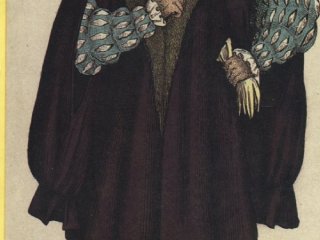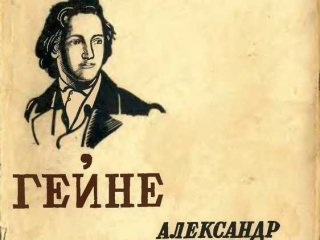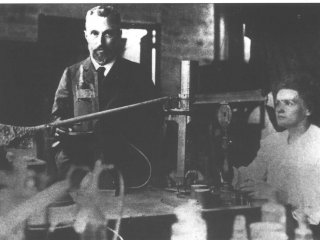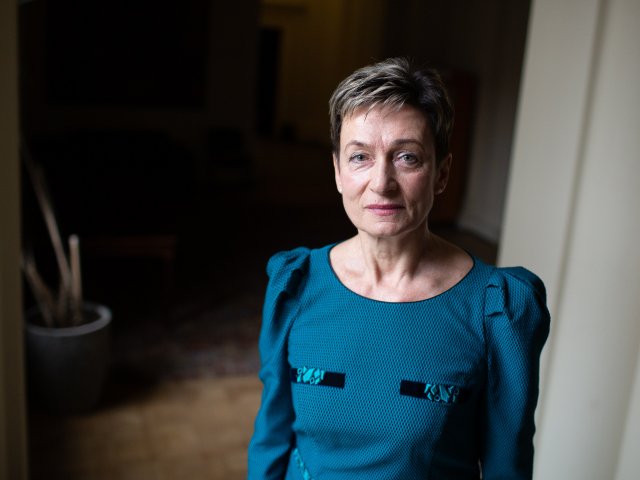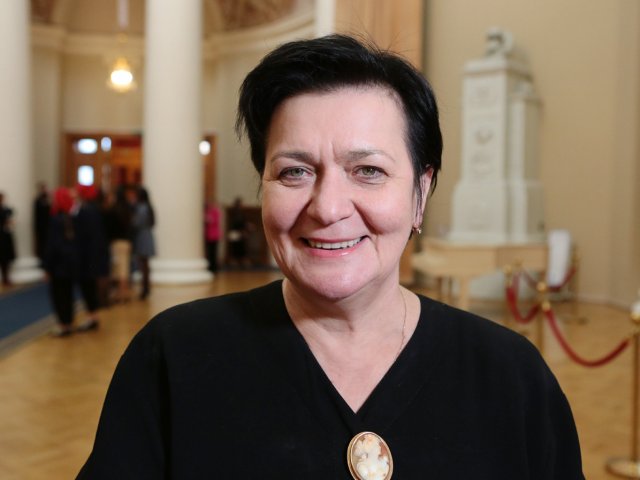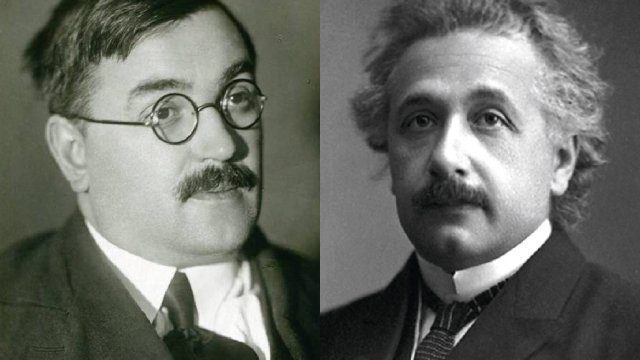
Andrey Voronikhin was commissioned to build the cathedral, which at the request of Emperor Paul I who died by the time it was established had to resemble St. Peter’s Basilica in Rome. The former serf of Count Stroganov, President of the Academy of Arts, tackled the task brilliantly. He was a genius to put a grand 96-column four-row colonnade not directly across from the altar, but next to it so that the colonnade faced the Nevsky Prospekt. Voronikhin planned to erect a similar colonnade on the south side of the cathedral. But the outbreak of war with the French took away this opportunity from the architect. And it sealed the fate of the cathedral, which became a storage for the Kazan icon of the Mother of God and spoils of war, including banners of Napoleon’s army, keys to the conquered cities, marshals’ batons. In 1813, the winner of Napoleon and liberator of Russia, Mikhail Illarionovich Kutuzov was put to rest at the cathedral. His heart is also kept there, in a separate silver jar. Not in Bunzlau where he died “so that bereaved soldiers could feel that his heart was close to them,” as the legend goes.
